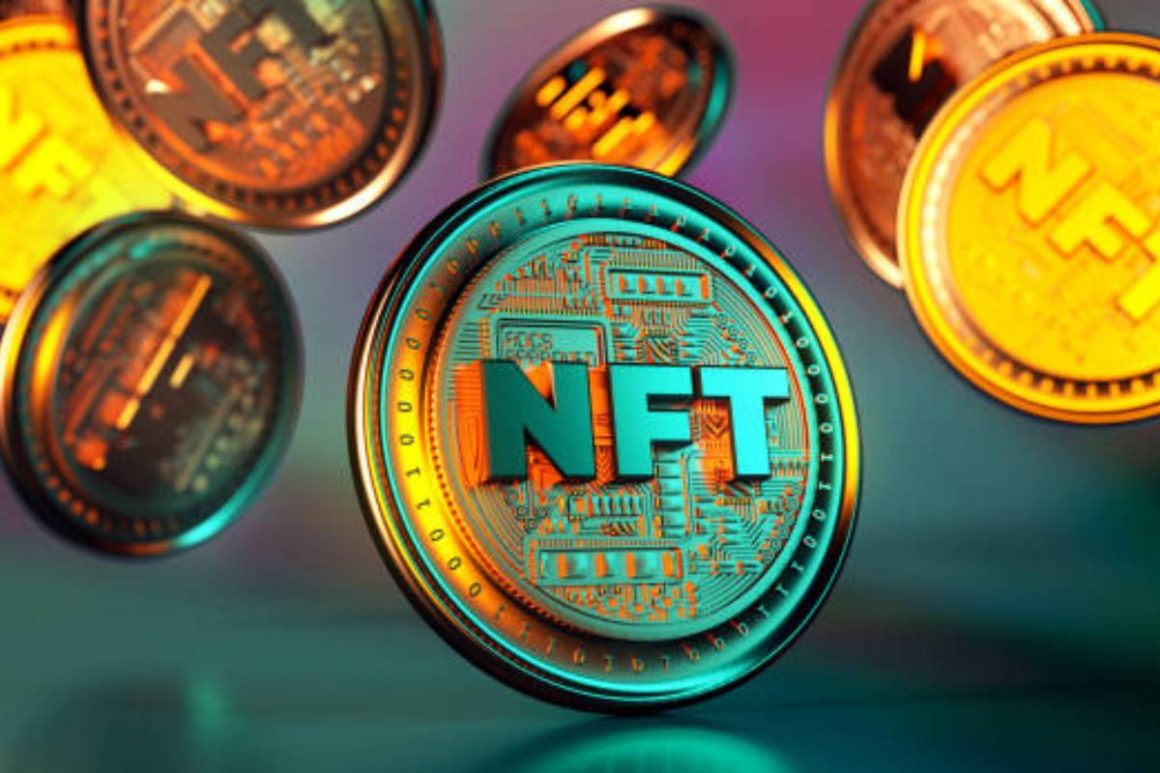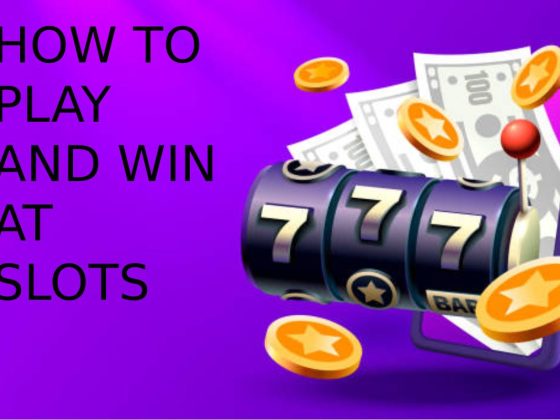Non-fungible tokens (NFTs) have experienced a rapid rise in popularity in recent years, going from a relative niche area of the cryptocurrency world to a widely recognized concept. Many people may associate NFTs with unique digital artwork, but various NFT are now available as the market has grown into a multi-billion dollar industry.
They can now be viewed on leading official NFT platforms such as Opensea or GateNFT, which was created based on the Gate.io cryptocurrency exchange, which is ranked in the top 10 globally with 1400+ cryptocurrencies and the latest real-time cryptocurrency price updates. Its GateNFT is also a trusted choice for many investors. NFTs can be used to prove ownership of physical or digital assets such as art, music, images, and collectibles, but they are also being used in a variety of other industries, including fashion and gaming.
Table of Contents
PFP NFTs
PFP NFTs, or profile picture NFTs, are digital avatars that are often used as a person’s profile picture on social media like Twitter. One of the first PFP NFTs was CryptoPunks, created in 2017 by Larva Labs which consisted of 10,000 algorithmically generated punks with different attributes. Another notable PFP NFT is the Bored Ape Yacht Club (BAYC), created by Yuga Labs in April 2021. The highest-priced BAYC NFT sold for 3.4 million dollars. The main draw for owning a PFP NFT is access to exclusive NFT communities and future perks such as airdrops or other rewards. For example, owning a Bored Ape NFT would allow you to join an elite group of people that includes celebrities like Jimmy Fallon, Madonna, and Paris Hilton, and even participate in real-world events like ApeFest and other events that are only open to NFT holders. As the metaverse continues to develop, it is expected that PFP NFTs will be increasingly used as avatars in these virtual ecosystems.
Generative Art
Generative art NFTs are digital artwork created with the help of robots and AI tools that dates as far back as the 1960s. These pieces share a common look and feel but are unique, created by an algorithm with randomness baked in. Art Blocks is a dedicated platform that guides generative art creators through the process of creating and selling their work. Other leaders in the field of generative art NFTs include projects such as Autoglyphs from Larva Labs, Lost Poets and Ringers, as well as artists Tyler Hobbs, Robbie Barret, and Matt Kane.
Music NFTs
Music NFTs can be used to own a file of a song or album. Instead of buying a license to listen to a song, purchasing a music NFT grants ownership of the file. This allows fans to invest in their favorite artist’s work and own a piece of it. Artists can also use music NFTs to engage with their fans and offer rewards such as new music, exclusive merchandise, experiences, and concert tickets. There are also specific projects with parameters that give NFT owners royalties on streaming rights or ownership of a piece of the song called Limited Digital Assets or LDAs. Limited Digital Assets (LDAs) were first introduced by Royal, a platform for creating royalty-bearing NFTs. The first LDA on the platform was the song “Worst Case” by artist 3LAU.
These are just a few examples of the different types of NFTs that are available. As the market continues to evolve, we can expect to see new and unique forms of NFTs being developed and used in new and exciting ways.
Real Estate
Real estate NFTs are digital representations of real-world properties such as plots of land or virtual buildings. These NFTs can be used to represent ownership and trade of virtual real estate in online games or virtual worlds. It also allows investors to invest in virtual real estate as an alternative or complementary way to traditional investments.
Fashion NFTs
Fashion NFTs are digital assets representing virtual or physical fashion items. They can be used to represent ownership and provenance of luxury goods and also used to represent access to the fashion industry events and designer collections. Balmain presented the first-ever virtual fashion NFT collection during Paris Fashion Week 2020, and later more brands like Gucci and Prada started experimenting with the technology.
Tommy Hilfiger, Dolce & Gabbana, and Nike have also released digital-garment-only collections as NFTs. These digital garments can be worn by avatars in virtual worlds such as Decentraland. Additionally, platforms such as The Dematerialised (DMAT) allow users to buy, sell and virtually try on NFT clothing styles on the platform.
Play-to-earn Gaming NFTs
Gaming NFTs are digital assets that represent in-game items, weapons, avatars, or other virtual goods. These NFTs allow players to own unique and rare in-game items and can also be used to represent access to certain features and experiences in the game.
Some popular examples of games that use NFTs include Axie Infinity and Gods Unchained, which give players ownership over their rewards and the ability to sell and trade their in-game assets. This can include in-game cryptocurrency rewards, as well as the NFTs themselves, such as the “Axies,” which are the in-game virtual pets central to gameplay on Axie Infinity, or the structure NFTs in Star Atlas, a metaverse platform. In Star Atlas, players can earn in-game tokens like ATLAS and POLIS by completing missions, and a range of NFTs can be purchased and traded on the game’s NFT marketplace. As more and more games are incorporating blockchain technology, the use of gaming NFTs have been growing rapidly.
Utility NFTs
Utility NFTs are digital assets that are used to represent access to a particular service or product. They can be used as proof of ownership, access, or membership to a service. Utility NFTs can also represent access to virtual events, online platforms, and memberships in online communities.
Video NFTs
Another type of NFT is Video NFTs, which are unique digital assets representing ownership of a video file or a video stream. These NFTs can be used to represent ownership of a movie, a music video, or other forms of video content. They can also be used to represent access to exclusive video content or virtual events. As the use of online streaming platforms continues to grow, video NFTs as a form of monetization and a way to provide exclusive access to content are likely to increase.
Another type of NFT is the VR NFT. These NFTs can represent access to a virtual world, virtual real estate, or a virtual experience. They allow creators to monetize their virtual experiences and give the users ownership of their virtual space and experiences.
Charity NFTs
Additionally, there is a growing use of NFTs in charity and social impact. These are NFTs that are used to represent ownership of a social good, such as a tree planted in a forest or a share of a community project. These NFTs can be used to raise funds for a social cause and create a transparent and verifiable way to track the project’s progress.
Overall, NFTs is a versatile technology that allows for creating and owning unique digital assets. Each type of NFT serves a special purpose and opens up new opportunities for creators, collectors, and investors alike. They can take many forms, such as art, collectibles, in-game items, real estate, music, celebrity assets, fashion, gaming, and utilities. As a result, it opens up new opportunities for creators, collectors, and investors alike, and the potential use cases continue to grow. As technology and infrastructure continue to evolve, we expect to see new and innovative uses of NFTs in various industries.



